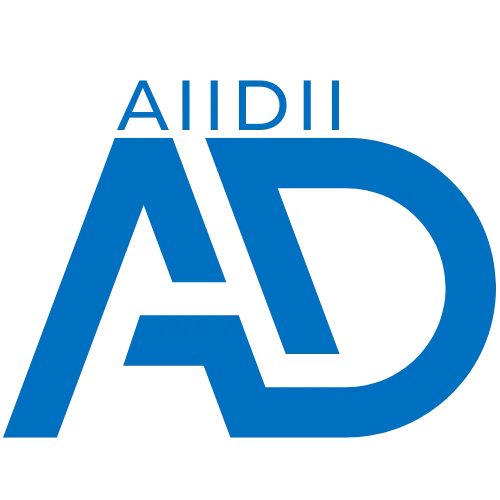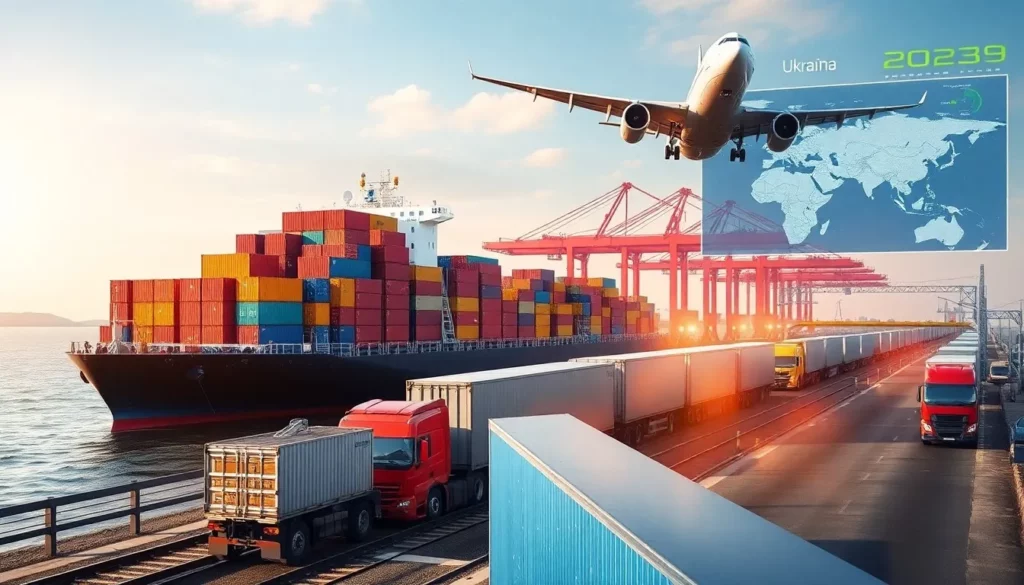The complexities of shipping from China to Ukraine in 2025 can feel daunting, but choosing the right freight forwarder can streamline your operations and cut costs, even amidst geopolitical challenges. This guide breaks down sea, air, rail, and express shipping options, detailing costs, transit times, customs processes, and how to select a logistics partner that fits your needs. You’ll gain the tools to assess carrier networks, customs expertise, war risk strategies, and technology platforms with confidence.
Why It Matters: A reliable freight forwarder with expertise in conflict-zone logistics and robust technology ensures smooth deliveries to Ukraine. Look for partners with strong EU transit networks and real-time tracking capabilities to keep your supply chain resilient.
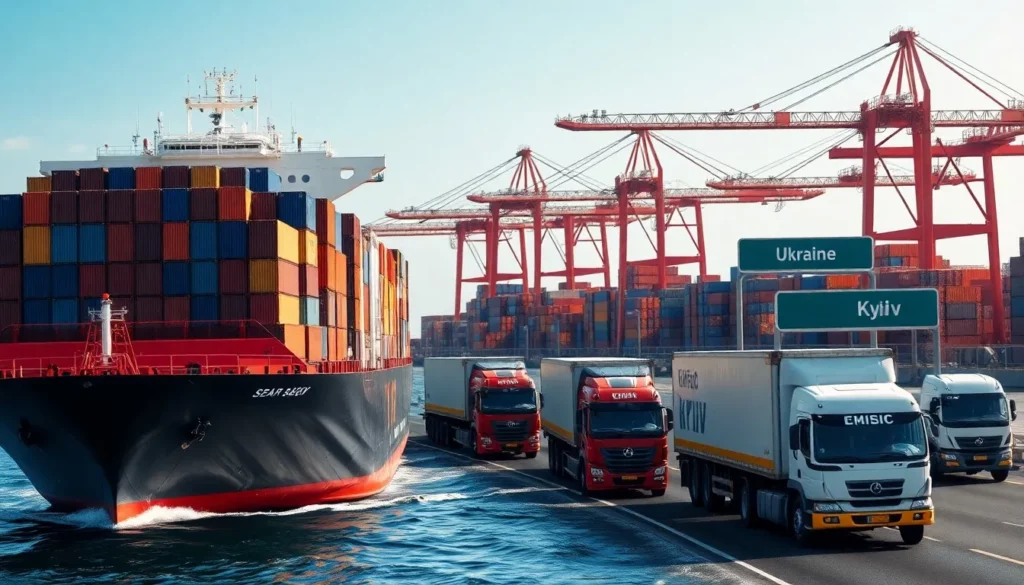
Comparing Your Shipping Options: Sea, Air, Rail, and Express
Sea Freight: Cost-Effective Choice for Bulk Shipments
Sea freight is your go-to for large-volume shipments from China to Ukraine, offering affordability despite routing complexities. With Black Sea access limited, your cargo typically moves through European ports like Rotterdam, Hamburg, or Gdansk, then trucks into Ukraine.
Transit Times: What to Expect
Your shipments from Chinese ports to European hubs take 30–40 days, with Shanghai to Gdansk averaging 48 days, including terminal handling. Trucking from Europe to Ukrainian cities like Kyiv or Lviv adds 3–7 days, totaling 40–50 days door-to-door. Peak seasons or winter weather may add 5–10 days, so plan buffer time.
Cost Breakdown: Budget with Precision
Here’s a detailed look at sea freight costs to help you compare quotes:
| Cost Component | Details |
|---|---|
| FCL Rates | 20-ft container: $2,500–$4,000; 40-ft: $4,000–$6,500; 40-ft high cube: +10% |
| LCL Rates | $80–$140 per CBM, minimum $100–$150 |
| Surcharges | Bunker: $200–$500/container; Peak season: +20–30%; War risk: $40–$80/TEU |
| Terminal Handling | China: $150–$300/container; EU ports: $200–$450 |
| Storage/Demurrage | $30–$50/day after 5–7 days (FCL) or 10–14 days (LCL) |
| EU Transit (T1) | $100–$200/shipment |
| Trucking to Ukraine | Kyiv: $600–$900; Lviv: $400–$700 |
Pro Tip: Request itemized quotes to avoid surprises. For example, a client importing textiles saved 15% by catching unlisted peak season surcharges early.
Customs and Transit: Step-by-Step
- EU Port Clearance: Your cargo clears customs in 1–2 days with a commercial invoice, packing list, and bill of lading.
- T1 Transit Document: Your forwarder handles T1 paperwork for duty-suspended movement to Ukraine, taking 4–6 hours.
- Ukrainian Customs: Final clearance requires Ukrainian-translated invoices, certificates of origin, and import licenses if needed. Expect 1–3 days for inspections.
Best for: Manufacturers importing raw materials or retailers with non-urgent inventory needs shipping over 15 CBM.
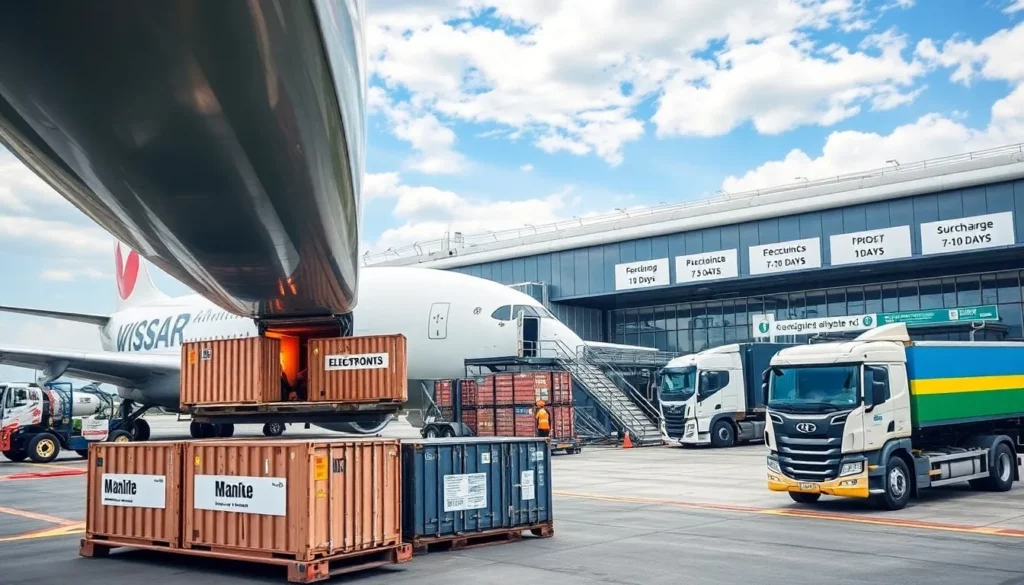
Air Freight: Speed for High-Value Cargo
When time is critical, air freight delivers your goods from China to Ukraine via European hubs like Warsaw or Bucharest, bypassing airspace restrictions.
Transit Times: Fast and Predictable
Flights from China to EU airports take 3–5 days, with trucking to Ukraine adding 1–3 days, totaling 7–10 days door-to-door. Express options can shave this to 5–7 days. Flight availability or customs delays can impact timelines, so confirm schedules upfront.
Cost Breakdown: Plan for Premiums
| Cost Component | Details |
|---|---|
| Air Freight Rates | $4–$6/kg (standard); $6–$8/kg (electronics/pharma); min. 45 kg |
| Surcharges | Fuel: +15–25%; Security: $0.50–$1.50/kg |
| Handling Fees | China/EU airports: $2–$4/kg |
| Customs Brokerage | EU: $150–$300; Ukraine: $200–$500 |
| Trucking to Ukraine | $3–$8/kg, higher for same-day delivery |
Example: An e-commerce brand shipping 200 kg of electronics used air freight to meet a product launch deadline, paying $1,400 total for 7-day delivery to Kyiv.
Customs and Transit: Streamlined Process
- EU Airport Clearance: Clears in 4–8 hours with air waybill, invoice, and packing list.
- Cross-Border Trucking: T1 documents facilitate movement to Ukraine, with final clearance taking 6–24 hours.
Best for: E-commerce, high-value electronics, medical supplies, or urgent spare parts under 500 kg.
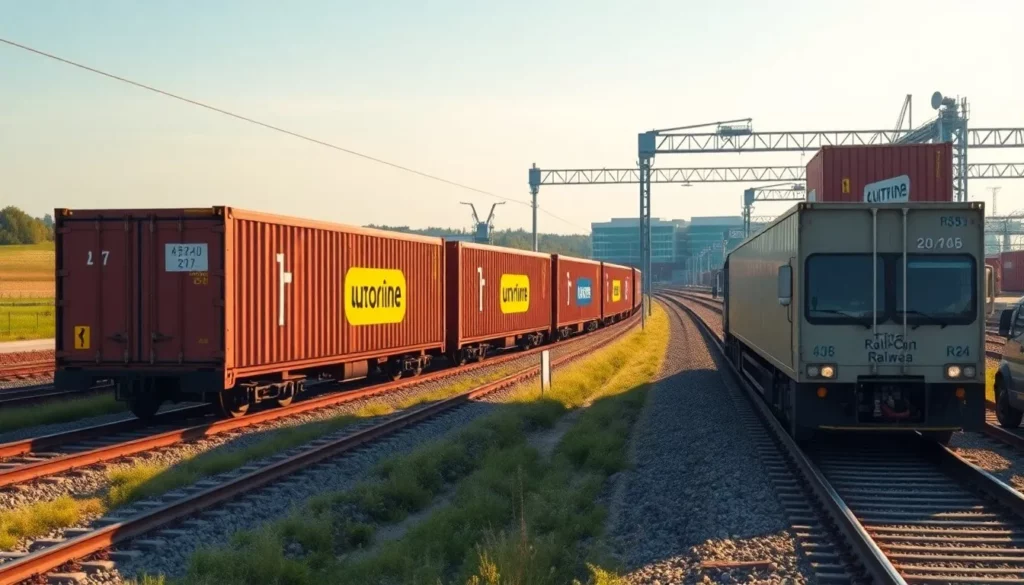
Rail Freight: Balancing Speed and Cost
Rail freight via the China-Europe Railway Express offers a middle ground, delivering faster than sea but cheaper than air.
Transit Times: Efficient and Reliable
Rail from China to Małaszewicze, Poland, takes 15–20 days, with trucking to Ukraine adding 2–5 days, totaling 18–28 days door-to-door. This beats sea freight by weeks, ideal for medium-urgency shipments.
Cost Breakdown: Competitive Value
| Cost Component | Details |
|---|---|
| Rail Freight Rates | 20-ft TEU: $2,500–$5,000 |
| Terminal Handling | China: $100–$200; EU: $150–$250 |
| Trucking to Ukraine | $400–$800, depending on destination |
Insight: A car parts supplier I worked with switched to rail, cutting delivery time by 20 days compared to sea while saving 40% versus air.
Customs and Transit: Key Steps
- China-EU Border: Customs at Kazakhstan and Belarus-Poland borders takes 4–8 hours with invoices and certificates of origin.
- Gauge Trans-shipment: Containers transfer from broad to standard gauge at Belarus-Poland, taking 6–12 hours.
- Ukrainian Clearance: Final clearance mirrors sea freight, requiring 8–24 hours.
Best for: Automotive parts, retail goods, or industrial equipment needing faster delivery than sea allows.

Express Courier: Convenience for Small Shipments
For small parcels or urgent samples, express couriers like DHL, FedEx, or UPS offer door-to-door simplicity.
Transit Times: Swift Delivery
Expect 5–10 days door-to-door, with express options hitting 3–5 days. Customs is included, but delays can occur for restricted goods.
Cost Breakdown: All-Inclusive Pricing
| Cost Component | Details |
|---|---|
| Express Rates | $60–$120 (<1 kg); $30–$50/kg (>5 kg) |
Example: A startup sent a 2-kg prototype to Lviv via DHL for $150, delivered in 4 days, ensuring a critical client demo.
Customs: Simplified for Small Shipments
Couriers handle clearance, with low-value shipments (<$200) often qualifying for streamlined processes. Higher-value goods need detailed invoices and may incur duties.
Best for: Urgent documents, samples, prototypes, or direct-to-consumer orders.
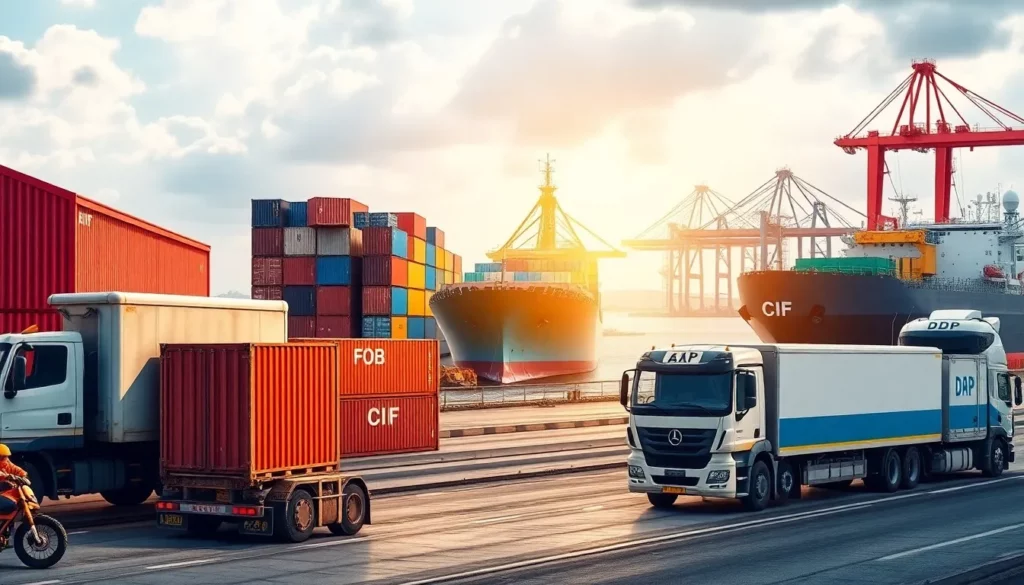
Mastering Logistics Essentials: Incoterms, Insurance, and Customs
Incoterms: Choose Wisely
Your choice of Incoterms shapes costs, risks, and responsibilities for China-Ukraine shipments.
- EXW (Ex Works): You control logistics from the supplier’s door but bear all risks. Ideal if you have trusted forwarders.
- FOB (Free on Board): Supplier handles export; you manage freight and insurance from the port. Suits experienced importers.
- CIF (Cost, Insurance, Freight): Supplier covers freight and basic insurance to the EU port; you handle from there.
- DAP (Delivered at Place): Supplier delivers to a Ukrainian location, but clarify the exact handover point.
- DDP (Delivered Duty Paid): Supplier manages everything, but Ukrainian VAT rules often require modified terms (e.g., excluding duties). This minimizes your risk but needs local compliance.
Warning: Always confirm DDP terms comply with Ukrainian tax laws to avoid clearance issues.
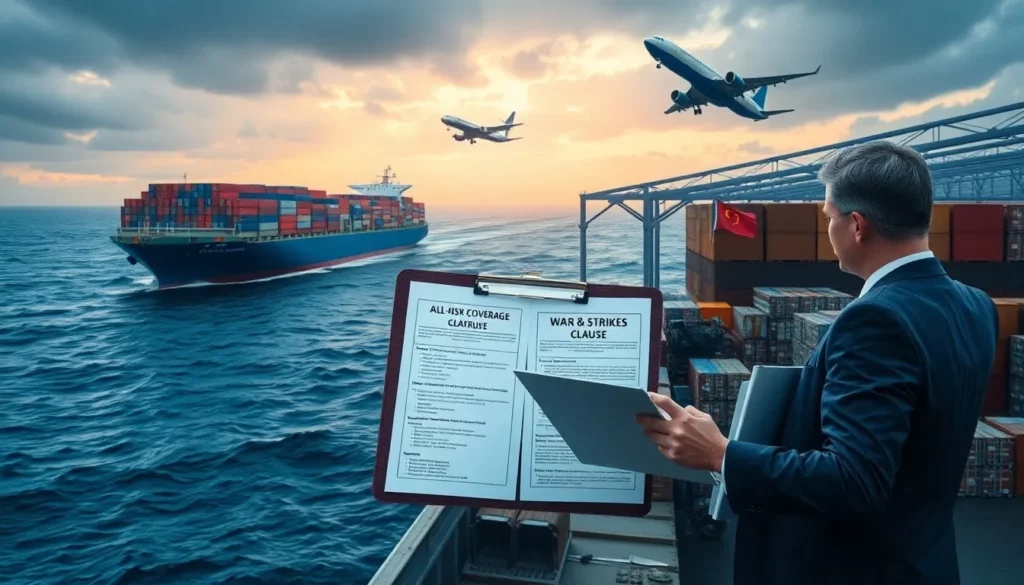
Cargo Insurance: Protect Your Investment
Geopolitical risks make comprehensive insurance a must for China-Ukraine routes.
- Why Carrier Liability Falls Short: Covers only $2–$5/kg (ocean) or $20/kg (air), far below most cargo values.
- Coverage Calculation: Use [(Invoice Value + Freight Cost) × 110%] for full protection.
- Insurance Options:
- All-Risk (Clauses A): Covers most losses except specific exclusions; priciest but safest.
- Named Perils (Clauses B/C): Covers listed risks (e.g., fire, theft); cheaper but riskier.
- War & Strikes Clause: Adds 0.1–0.3% to premiums, essential for Ukraine routes.
Example: A client lost $10,000 in electronics to port damage but recovered fully with all-risk coverage, unlike limited carrier liability.
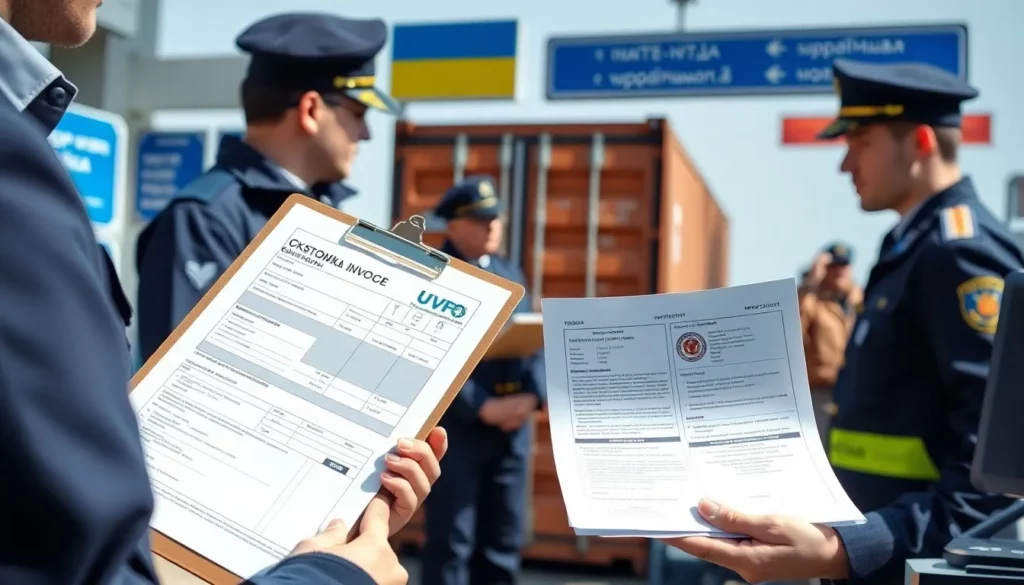
Ukrainian Customs: Avoid Delays
Proper documentation and compliance streamline Ukrainian customs clearance.
Step-by-Step Process
- Pre-Arrival Documents:
- Commercial invoice with accurate values and HS codes
- Detailed packing list matching the invoice
- Bill of lading (sea) or air waybill (air)
- Certificate of origin for tariff benefits
- Import licenses for restricted goods
- HS Code Accuracy: Misclassification triggers fines; use brokers or official resources.
- Duties and Taxes: 20% VAT, plus product-specific duties and excise taxes.
- Physical Inspection: 15–30% of shipments face 1–3-day inspections.
Pro Tip: Translate documents into Ukrainian and double-check for consistency to minimize inspection risks.

Real-Time Tracking: Stay in Control
Robust tracking systems give you visibility and peace of mind.
- Centralized Platforms: Top forwarders offer portals consolidating carrier data for real-time updates.
- Automated Alerts: Set notifications for departure, EU arrival, customs clearance, and delivery. This helped a client reroute cargo during a Polish border delay, saving two days.
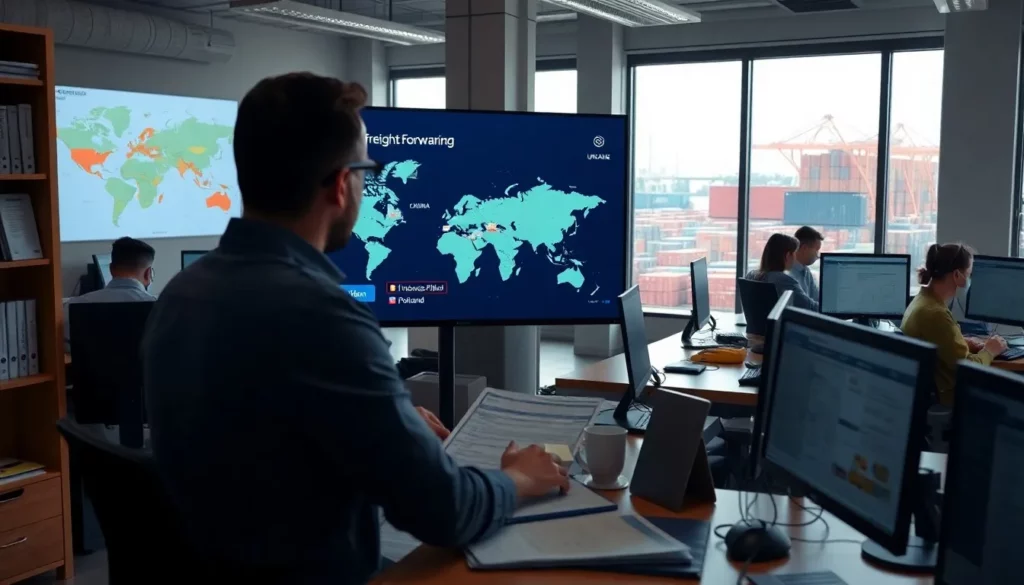
Finding Your Ideal Freight Forwarder
Where to Look
- Digital Marketplaces: Freightos and Searates list vetted forwarders with transparent pricing.
- Global Networks: WCA or FIATA members with Ukraine/Poland offices ensure reliability.
- Niche Experts: Forwarders specializing in Eastern Europe or conflict zones offer tailored solutions.
12-Point Vetting Checklist
- Experience: Request case studies of recent China-Ukraine shipments.
- Network: Confirm customs brokers and warehouses in Poland, Romania, and Ukraine.
- Transparent Quotes: Demand itemized breakdowns including all surcharges.
- Communication: Test tracking portals and response times.
- Licensing: Verify NVOCC licenses and insurance coverage.
- DDP Expertise: Assess door-to-door processes, especially duty handling.
- Contingency Plans: Ask about delay, rerouting, and damage protocols.
- Local Knowledge: Quiz on Ukrainian customs regulations.
- References: Speak to clients with similar shipping needs.
- Financial Stability: Check credit reports or ratings.
- Technology: Ensure API integration for data sharing.
- Support: Confirm English-speaking staff across time zones.
Insight: I once helped a client switch to a forwarder with better EU-Ukraine networks, cutting transit times by 5 days.
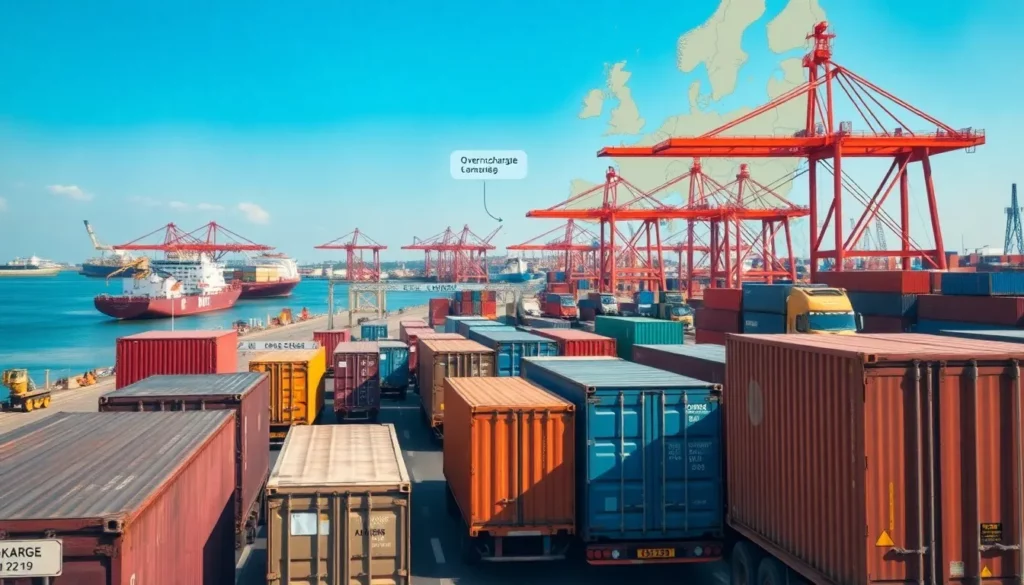
Navigating 2025 Challenges
Geopolitical Realities
- Black Sea Ports: Odesa and Chornomorsk operate with limits; European hubs are safer.
- EU Gateways: Gdansk, Constanta, and Hamburg dominate, with efficient trucking/rail to Ukraine.
- Overland Logistics: Polish and Romanian borders handle most cargo with streamlined customs.
Cost Considerations
- War Risk Surcharges: $40–$80/container; always include in budgets.
- Insurance Premiums: Up 0.1–0.3% with war clauses; review regularly.
- Inland Haulage: $400–$1,200; factor in 1–3-day border delays.
Compliance Musts
- Sanctions Screening: Check for dual-use or prohibited goods to avoid seizures.
- EU ICS2 Compliance: Submit advance cargo data for EU entry.
- Resilience Planning: Diversify routes and suppliers for flexibility.
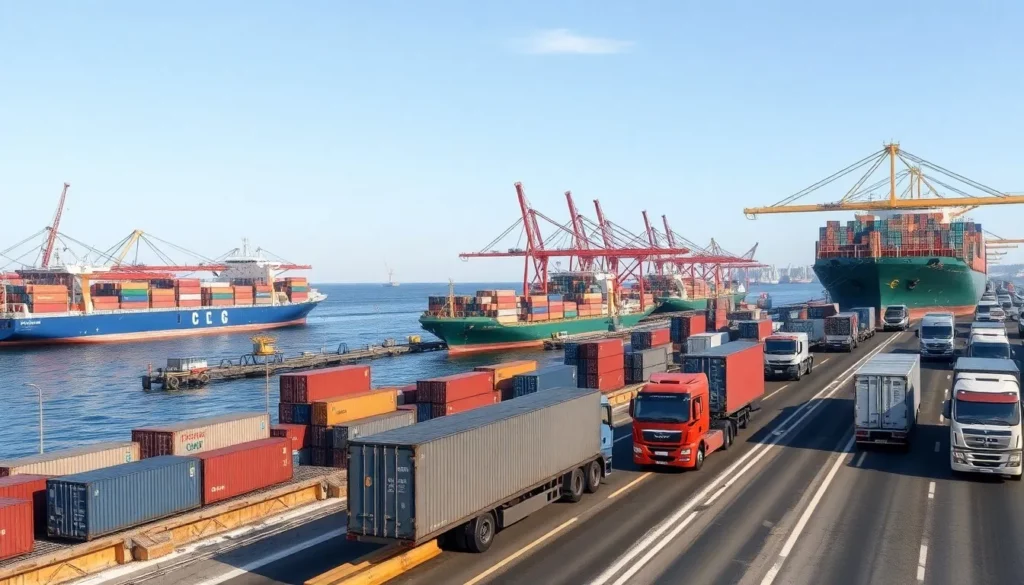
Conclusion
- Choose Experts: Prioritize forwarders with conflict-zone experience.
- Multi-Modal Plans: Combine sea, air, or rail with backup routes.
- Protect Finances: Use DDP and all-risk insurance with war clauses.
Next Steps:
Partner with a seasoned freight forwarder for a tailored risk assessment and logistics plan. A customized solution ensures your China-Ukraine supply chain stays secure and efficient, no matter the challenges.
Frequently Asked Questions (FAQs):
1. What’s the safest shipping route in 2025?
Use EU ports (Gdansk, Rotterdam, Hamburg) with trucking to Ukraine for reliability and safety.
2. How do I avoid hidden fees in quotes?
Request itemized quotes covering war risk ($40–$80/container), fuel, and terminal fees.
3. What documents are needed at Polish/Romanian-Ukrainian borders?
Provide Ukrainian-translated invoices, packing lists, bills of lading, certificates of origin, T1 documents, and import licenses if required.
4. Is DDP worth the cost?
Modified DDP (excluding VAT/duties) balances convenience and compliance, ideal for complex routes.
5. What insurance covers war risks?
Choose Institute Cargo Clauses A with War Clauses for comprehensive protection.
